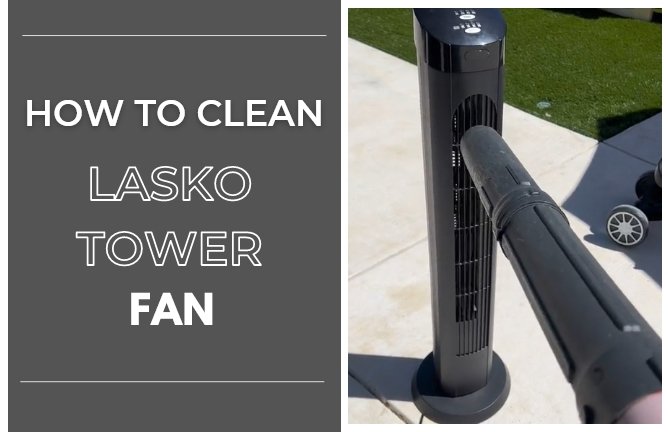You need to choose the best waterproof paint for basement walls because basements are built below the level they are intended to take on water. You probably note a damp basement wall from time to time. Furthermore, you probably also note water poodles everywhere, especially during the rainy season.
Damp, humid, moist, and even worst wet basements could initiate peeling paint, mold, cavity growth, rotted wood, and the worst-case scenario. It could trigger damage to the saved items.
However, there are solutions to avoid those problems. You could use a high-quality dehumidifier to remove the leftover water on your basements or use the best long-term solution by waterproofing your basement wall.

Therefore, if you intend to waterproof your walls, you ought to choose the best waterproof paint for basement walls, such as BEHR Premium 5 Gal, a white dry plus masonry waterproofer-87505.
What is the Best Sealant for Basement Walls
Basement waterproofing sealers are usually used to tape pores and ducts of concrete to prevent water from infiltrating. Commonly, they are required whenever a basement is built at ground level or below ground grade where water could be built upon the soil, which eventually will roam to the concrete.
This build-up water also could create hydrostatic pressure that can damage the basement wall. It could initiate water to roam through cracks, pores, and joints opening on your walls. Furthermore, the hydrostatic pressure could also create mold, mildew, cavity, and many other moisture-related issues usually found in Basements.
Therefore, you need to choose the best waterproof paint for basement walls, whether for the sealant or the paints. Hence, below is a list of several best basement waterproofing sealers that you could use as references:
Read also: How to Cut Foam Insulation in Styrofoam Panels
Behr Basement and Masonry Waterproofer
This product is decently good. Overall, this product looks great and works great. However, when this product direct contact with moisture, it begins to peel up.
This happens because it is not a breathable sealer. This product has a thinner consistency than paint, but it will fail when exposed to a high water table. This product is available at home depot.
Ghostshield 9500
This product is an invisible sealer that won’t peel off or decorticate in the presence of water. Furthermore, this product has densification and hydrophobicity systems where it could put an end to water and moisture transfer over the cementations substrate.
This product is also more economically wise because it is concentrated and could make 5 gallons. This product is also available in home depot.
The above list is several best basement waterproofing sealers for you. To get the best results for your basement walls, you should always choose the best waterproof paint for basement walls.
Basement Waterproofing Paint For Stone Walls
If you have stone wall basements that are damp and moist, you should do some repainting. To get the best outcome, you shall choose the best waterproof paint for basement walls, especially your stone walls.
Therefore, you could try this Stormdry Masonry Protection Cream. Safeguard Europe establishes this product. Furthermore, this product is the only product that gets BBA certified as a stone and brick waterproofer.
This product could be applied to stone, brick, mortar, sandstone, cement, and granite. This is breathable and colorless paint. Most importantly, this stormy masonry cream had a 25-year waterproofing performance warranty.
Waterproofing Basement Walls from Outside
As we all know, it will be the builder’s job to take care of drainage systems and waterproofing from the outside during the construction process. Nevertheless, they ought to place a waterproof boundary around the outside foundation. However, if the water table is high, they should put a drainage system.
If this process has not been done, it will become an issue. Furthermore, if you try to fix it by coating it with interior walls is not going to work because it is like when you are trying to stop your leaking pipe by painting the pipe.
Therefore, painting it with the best waterproof paint for basement walls won’t be enough. Ironically, porosity is essential for waterproofing paints, which have to enter the surface to be efficient.



